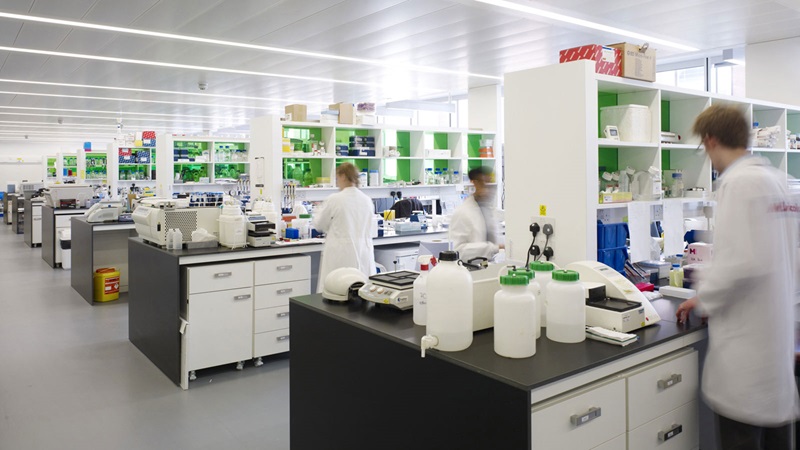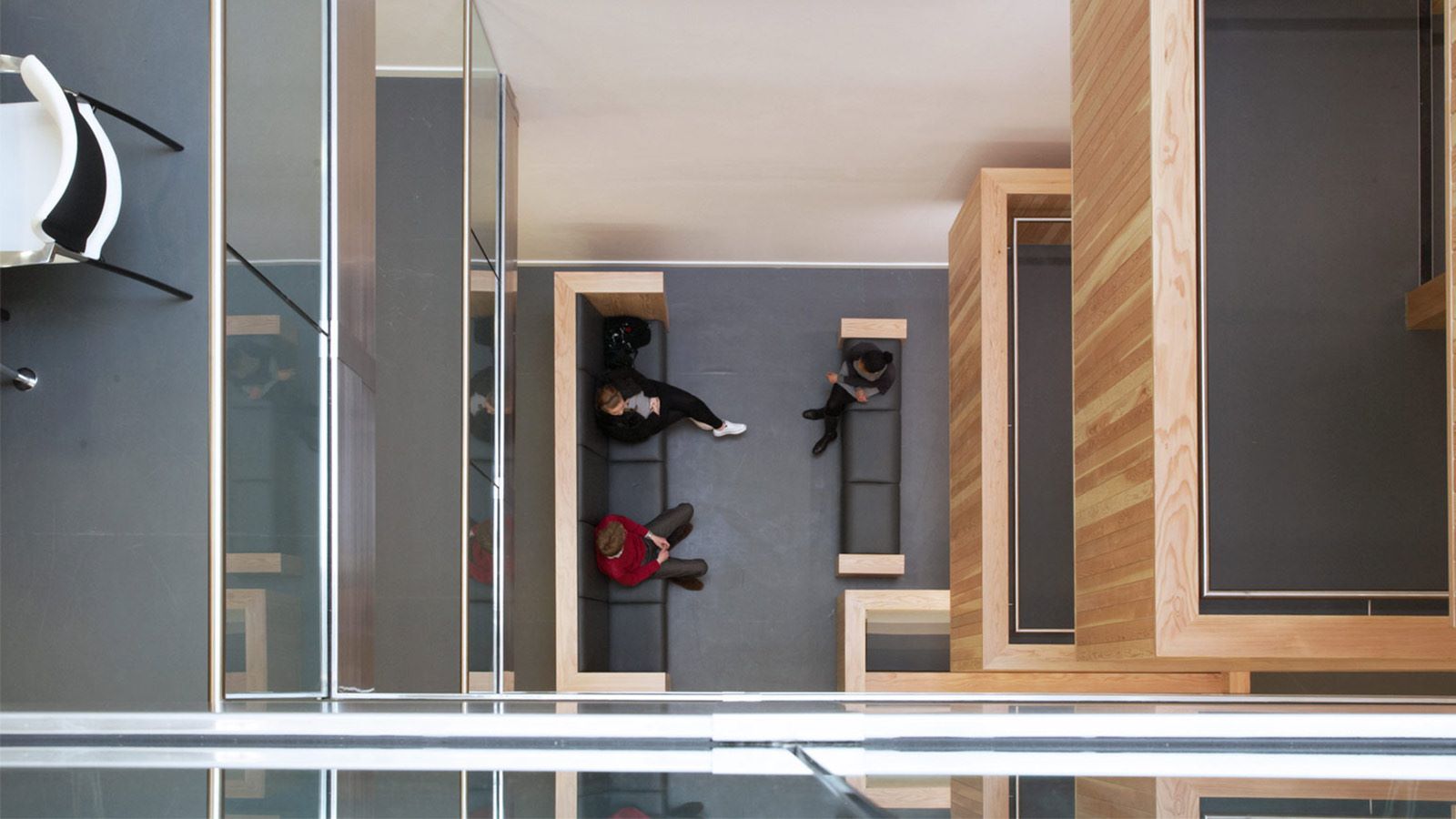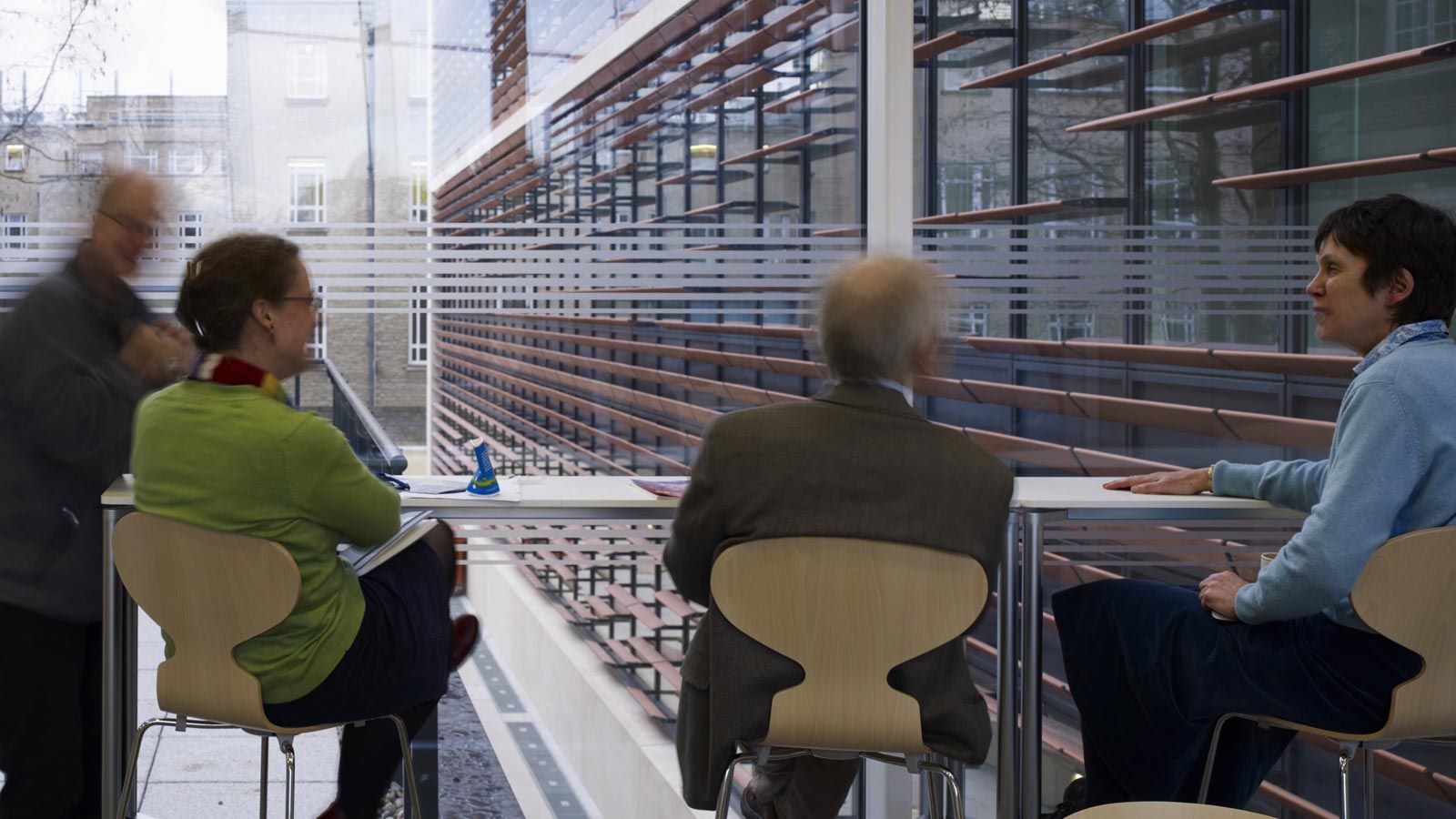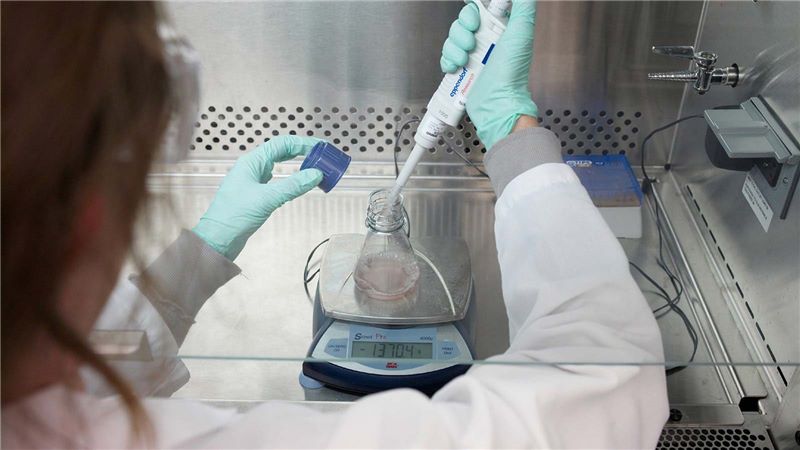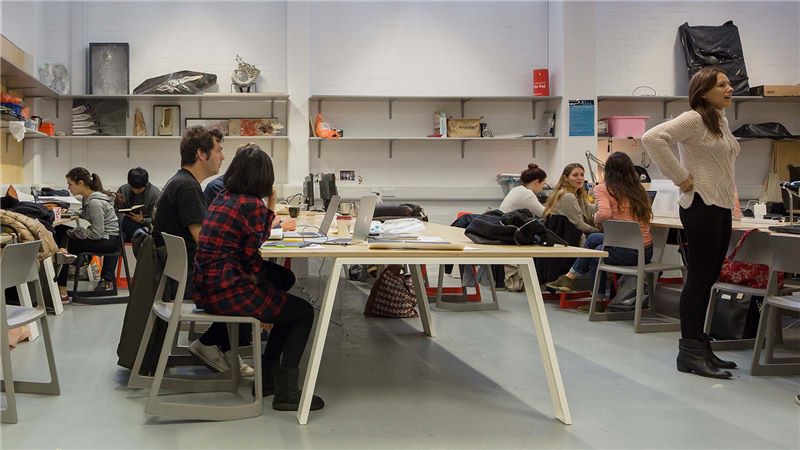Cutting edge construction for a leading laboratory
Adding value to the world of biomedical research, the construction of a new centre for the Oxford Molecular Pathology Institute is aiding in the discovery of pioneering medicine.
Oxford Molecular Pathology Institute Project summary
Client
Estates services, University of Oxford
Key partners
EC Harris, RBDML, Peter Brett Associates, Nightingale, Make Architects
Services provided
Sectors
Life sciences and pharmaceuticals, Education, Healthcare, Sectors, Commercial
Locations
UK - London and south-east England, UK and Europe
Project timeline
- Start date
- March 2009
- Status
- Live
Project story
The Oxford Molecular Pathology Institute (OMPI) project involved the redevelopment of a tight site on a live university campus in the centre of Oxford. The initial enabling works included the relocation of a HV sub-station and the diversion of an existing district heating main. The existing 1960’s precast clad concrete frame research building had to be decontaminated and stripped of asbestos prior to demolition.
As the old building was tied into a new adjacent building, the demolition included a complex ‘separation’ process together with underpinning of the party wall.
Client engagement on this highly specialised build was key. By building a full scale mock-up of a typical laboratory, Oxford's researchers were able to challenge the practicalities of the design from the offset and ensure that the building met the specific requirements needed for world-class medical research laboratories.
Value engineering proposals were presented at every opportunity, resulting in a number of changes that saved time and money. Through careful pre-planning, complex service diversions were completed before the building work began.
A revised strategy was adopted that removed the need for underpinning which reduced the programme duration for these works from 15 to three weeks.
Both time and money were saved by using fully welded interlocking steel sheet-piled walls for the basement, which were driven silently into the ground avoiding vibration disturbance to the neighbouring laboratory and medical teaching centre.
The introduction of a combined heat and power unit CHP meant energy usage was reduced which contributed to a BREEAM rating of ‘Excellent’.
